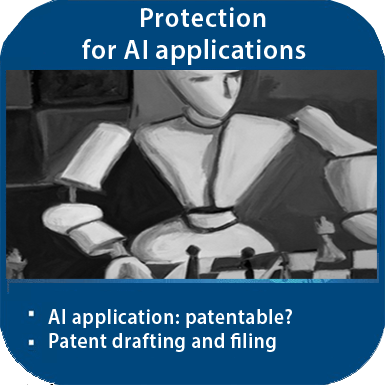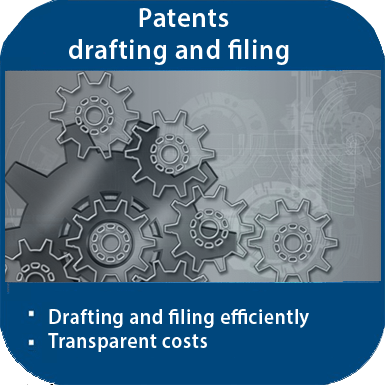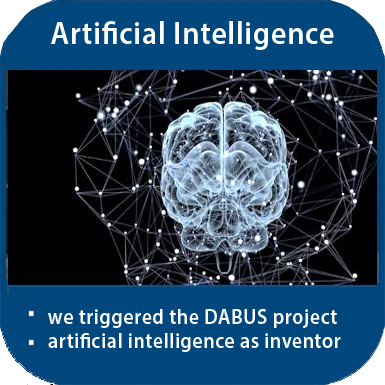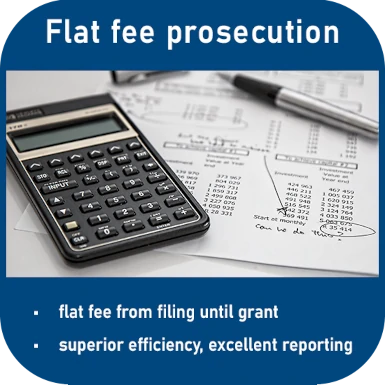Computer-implemented invention - Huawei EP Patent rejected

For all computer-implemented inventions, it is relevant to what extent the features are considered technical in the patent application or mathematical. This is because mathematical methods are not patentable, especially if they relate to abstract data.
This was precisely the point of contention surrounding the European patent application Signal Processing Method and Device by Huawei Technologies Co, Ltd (China). The EPO's examining division had rejected the patent application for lack of inventive step. It considered that some of the claimed features of the main claim and the second auxiliary claim related to a non-technical, purely mathematical method applied to abstract data.
Huawei appealed, on which the Board of Appeal of the European Patent Office (EPO, T 2792/18) currently ruled.
The subject matter
The invention is directed to providing, in data processing, a method for transforming from the time domain to the frequency domain with low memory requirements.
Claim 1 of the main claim is directed to a data processing method performed by an electronic device and used to implement a Discrete Cosine Transform (DCT-IV) of type 4 from the time domain to the frequency domain during an encoding process.
Computer-implemented invention: Mathematical or not?
The method described is directed to the mathematical transformation from input data during encoding, the board of appeal held. The method was patentable, the board said, and was an invention within the meaning of Article 52(1) EPC, since it was carried out by an electronic device as a technical means.
However, the claimed mathematical transformation did not solve a specific technical problem, the board added, explaining this finding. Unspecified input data would be transformed from the time domain to the frequency domain "during an encoding process" by implementing a discrete cosine transformation of type 4, but without further addressing a specific technical problem solved by the "encoding".
Objective technical problem: more precision
In addition, the examining division had objected that the method in claim 1 was not based on an inventive step compared to document D1 (using D1T as the accepted translation). The method disclosed in D1 comprised steps 1 to 4 and step 6 as indicated in claim 1 of the Huawei patent application. Consequently, only the features corresponding to step 5 were to be considered as distinctive features.
In the examining division's view, these distinguishing features caused an improvement in the accuracy of the DCT-IV (discrete cosine transform type 4). Consequently, the objective technical problem was to improve the accuracy of the approximation carried out in the procedure disclosed in document D1. However, the solution to this would be simple and obvious for an expert, because he only needed to compare the formulae from D1 for this.
Distinguishing feature: no deletion of the technical problem
The Board of Appeal also drew on step 5 as the only distinguishing feature from D1. According to the patent application, this step 5 is "performing a fixed rotation compensation for the data using a fixed rotation compensation factor".
This does not contribute to solving a technical problem for the following reasons:
(i) the features of the output data cannot be derived from the wording of the claim, since claim 1 does not specify a specific relationship between step S6 of obtaining output data and the further steps, including step S5, of the method.
ii) The method of claim 1 is limited to transforming the domain to the frequency domain. Thus, if step S5 indeed improves the accuracy of the transformation (cf. Grounds of Appeal, p. 7, III-3), this does not appear to be a technical effect, but at most a mathematical one.
The board of appeal is therefore of the opinion that the method is a mere automation of an intrinsically non-technical mathematical transformation method by means of a known electronic device as described in steps S1 to S5 of claim 1. The subject-matter of claim 1 of the main request does not meet the requirements of Article 56 EPC, the board of appeal decided, dismissing Huawei's appeal in its entirety.
Conclusion
Especially in the case of computer-implemented inventions, the precise drafting of the patent application is relevant.
Our patent law firm has particular expertise in this. This is appreciated by our clients, as is our transparent cost structure. You can read more about this under references or on our Google Account.
Please contact us, by phone at +49 (0)69 69 59 60-0 or info@kollner.eu.







